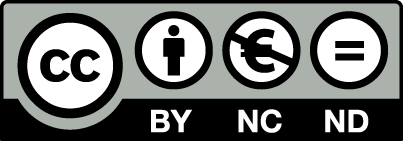Zusammenfassung:
The most popular models of decision making use a single criteria to evaluate projects or lotteries. However, decision makers may actually consider multiple criteria when evaluating projects. We consider a dual criteria model from psychology. This model integrates the familiar tradeoffs between risk and utility that economists traditionally assume, allowance for rank-dependent decision weights, and consideration of income thresholds. We examine the issues involved in full maximum likelihood estimation of the model using observed choice data. We propose a general method for integrating the multiple criteria, using the logic of mixture models, which we believe is attractive from a decision-theoretic and statistical perspective. The model is applied to observed choices from a major natural experiment involving intrinsically dynamic choices over highly skewed outcomes. The evidence points to the clear role that income thresholds play in such decision making, but does not rule out a role for tradeoffs between risk and utility or probability weighting.

